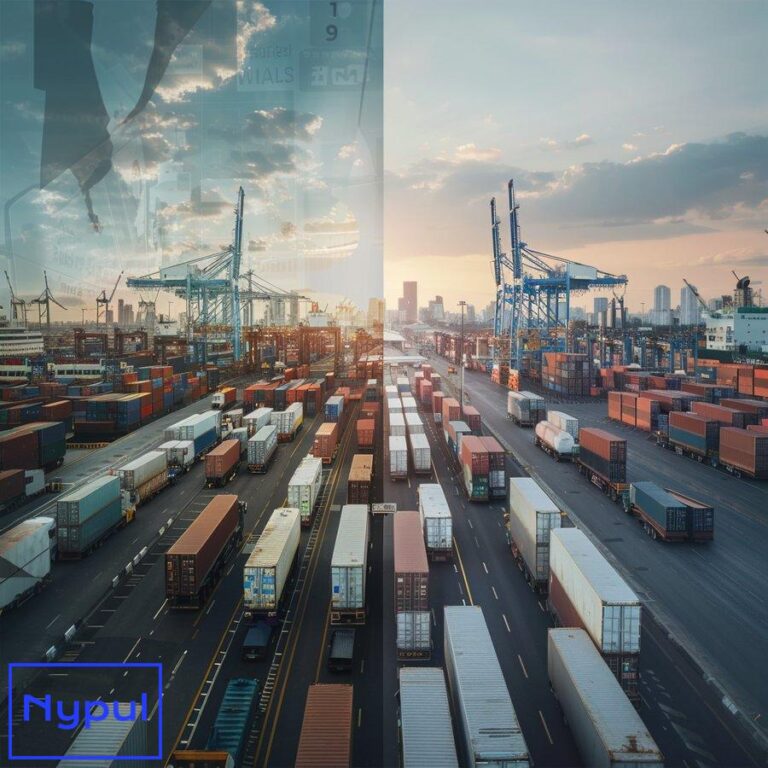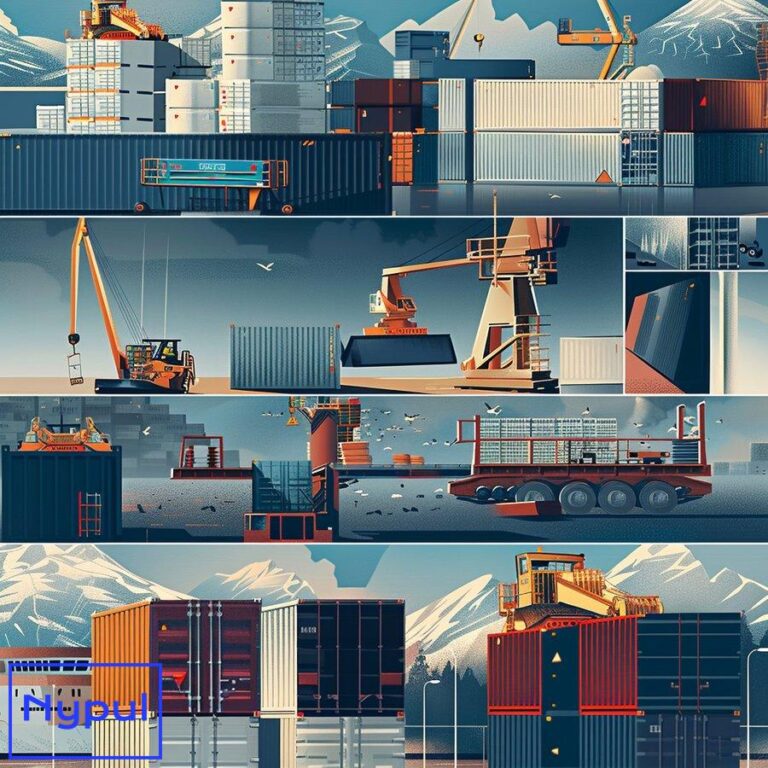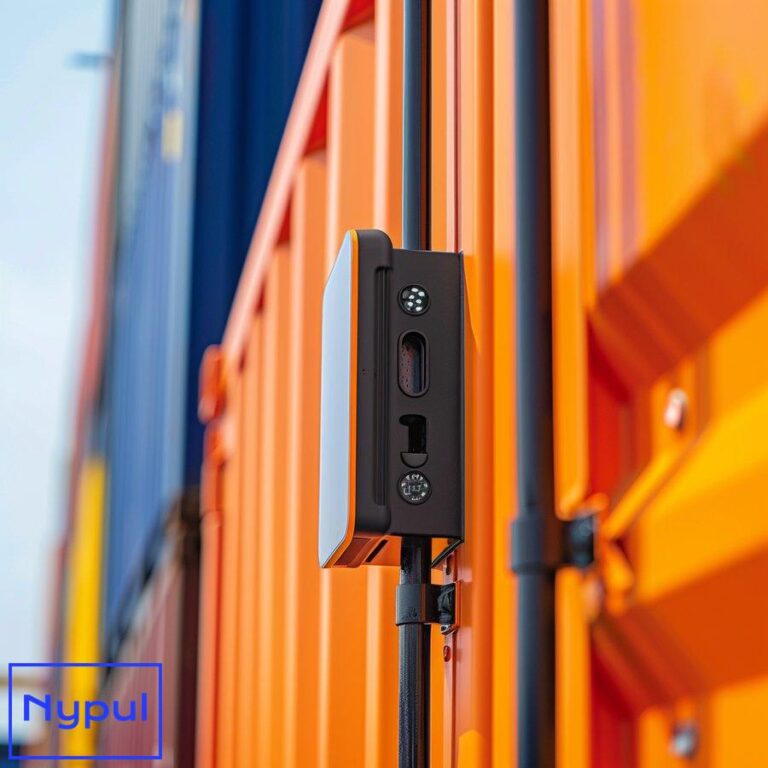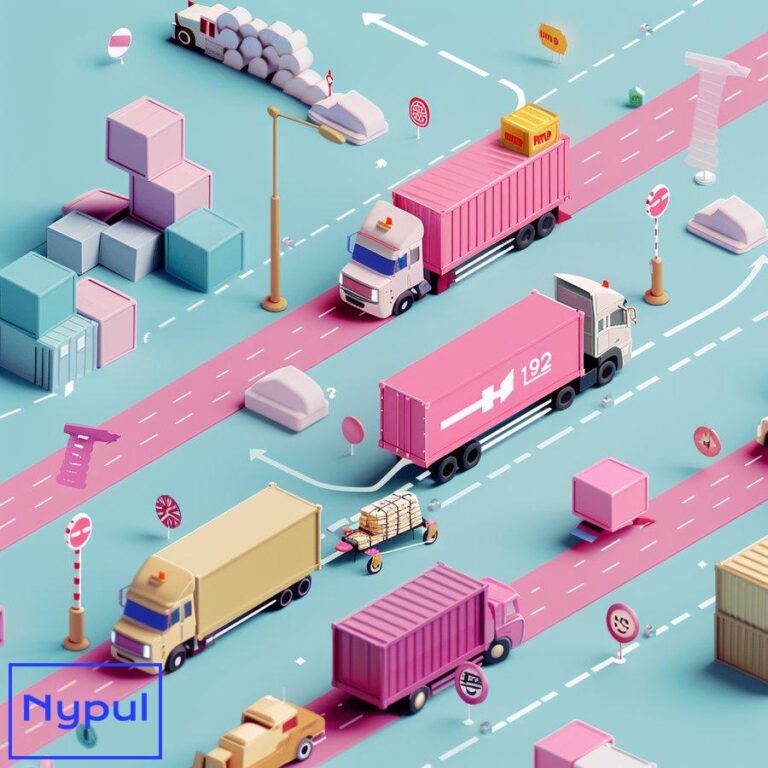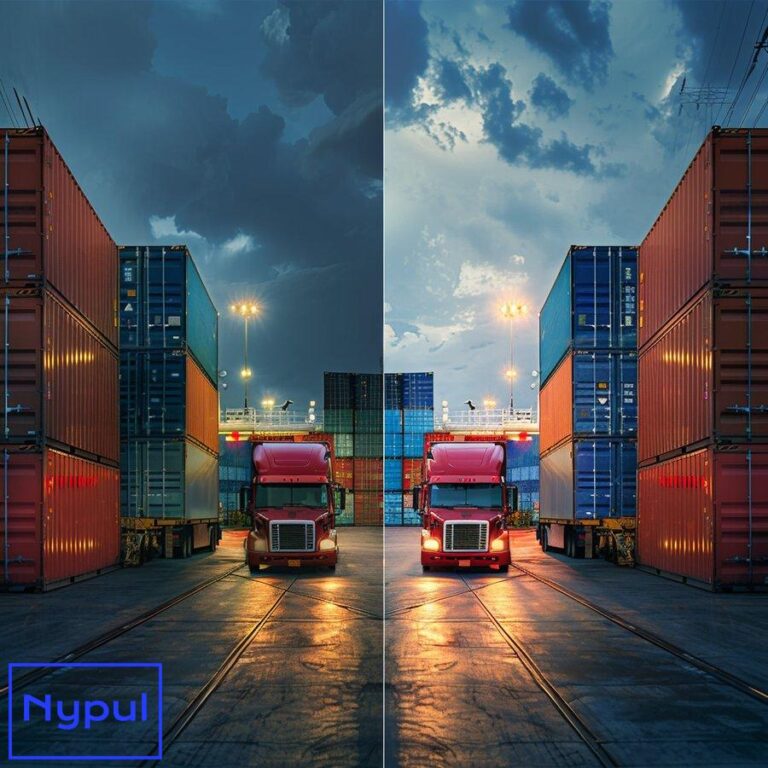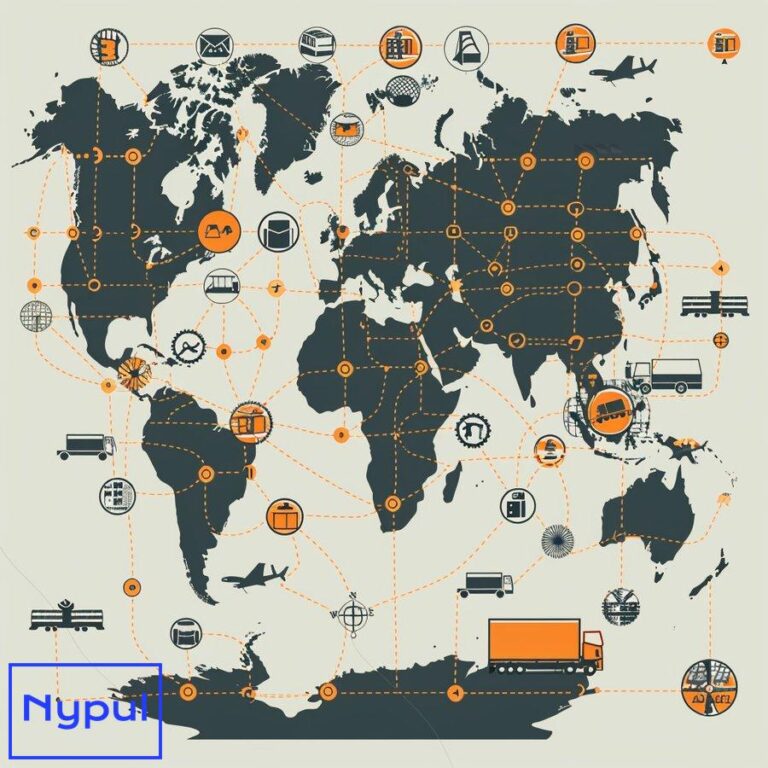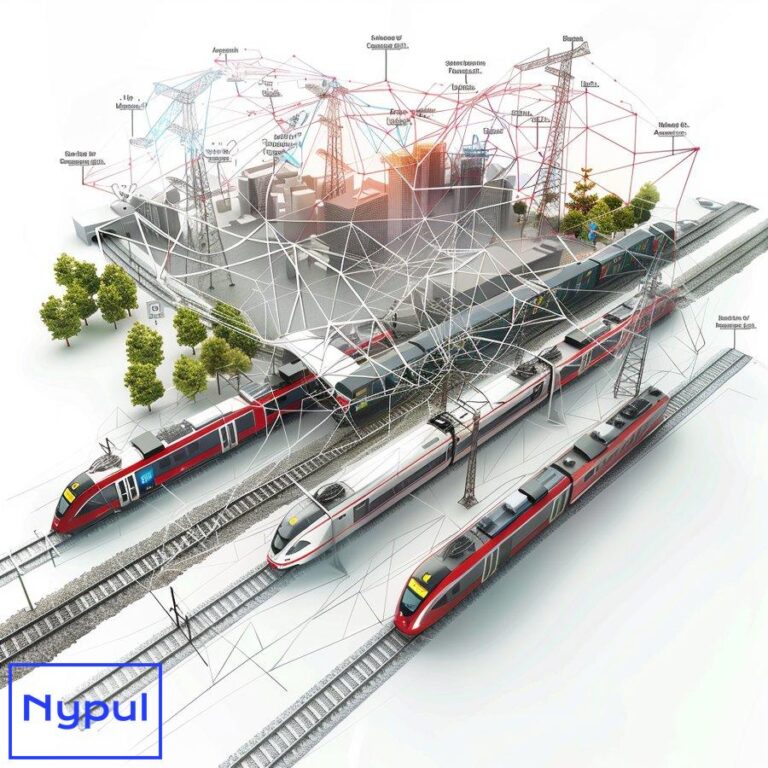What Is the Process of Drayage
What is drayage and why is it important in logistics? Drayage refers to the transportation of goods over a short distance, typically as part of a longer shipping process. This term is most commonly associated with the movement of containers from ports to nearby warehouses or distribution centers. The importance of drayage in logistics cannot…
